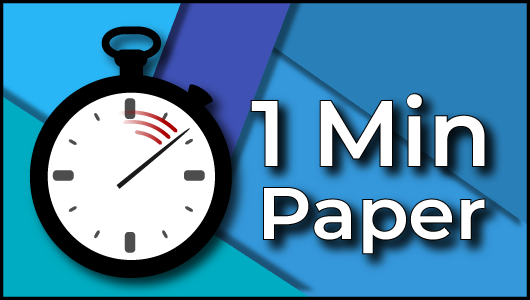exit strategies
ex·it strat·e·gies
/ˈeɡzət/ /ˈstradəjēz/
Noun
Short, informal assessments, often issued just before the end of a class period, that help instructors assess students' understanding of the material. These allow students to reflect on what they've learned, express how they're thinking about course material, and think critically.

